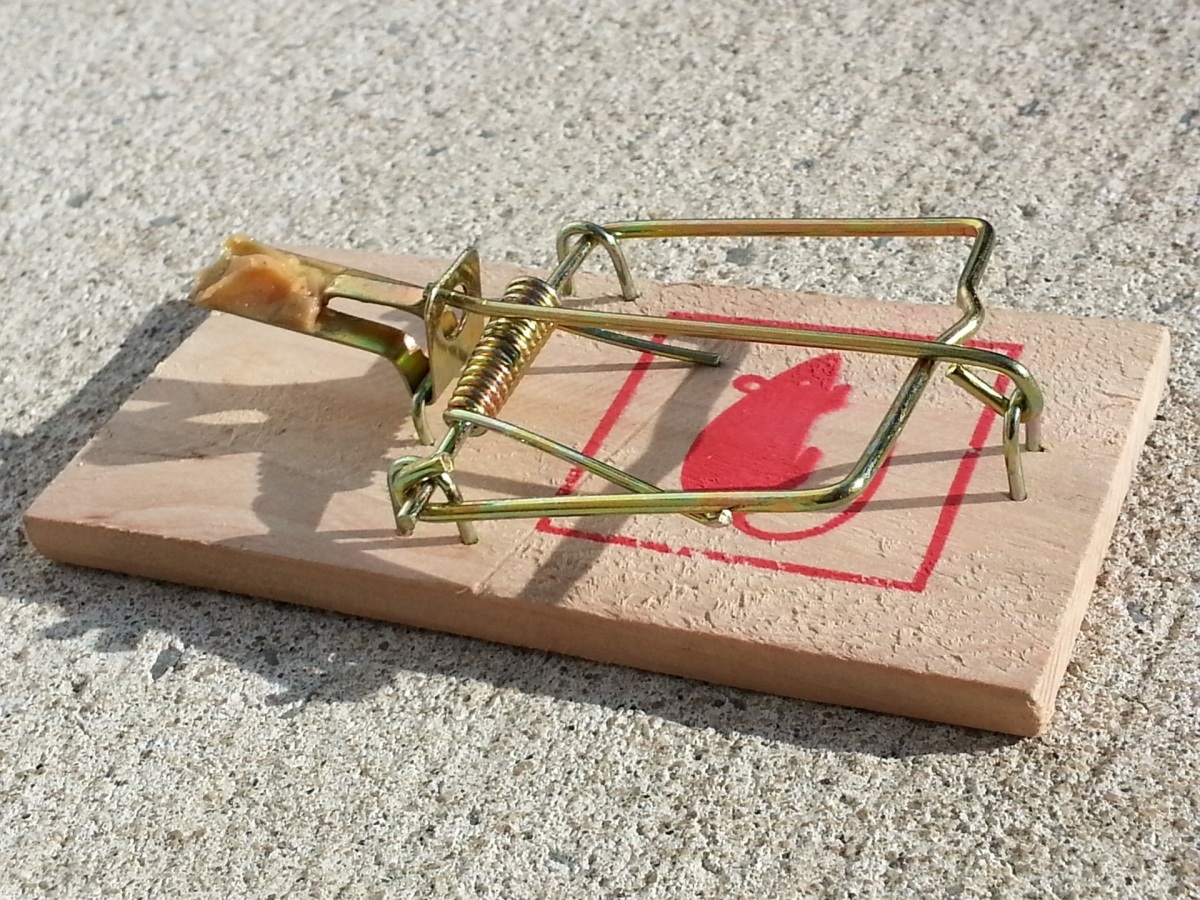The features of your product just might be what makes it better than everything else in the market. They might be what propels you to stardom and riches. They might be the bestest most awesomest in the history of the entire universe, but keep them to a minimum when you pitch.
Talking too much about features is a trap you want to avoid. Your product is what people pay for, but it is, in large, only a means to an end – the end for the customer is too experiencing and gain from the benefits that your product provide. So guess what to focus on instead of features…
From features to benefits
The big issue is, that the audience might say “so what?” to all your neat features – or the more polite ones might just think it instead of saying it out loud. Still this is an issue. “This controller has buttons on the side and a design made by our experts!” This is feature talk. I’m inclined to think “so what?”. Consider this instead: “This controller enables you to play games without straining your hands and fingers!” Now that’s talking about a problem you’re solving. Much better! I know why you’ve made your product, and I accept that it’s useful.
You don’t have to cut out the features entirely, but you need to make sure, that the features are relevant to the benefits, the customer experiences. Sometimes ideas can be very theoretical and fluffy, so if you need to give the audience something more tangible to think about, a feature of your product can do that, as long as it’s in relation to the benefit – the bigger meaning for the customer.
Let’s play this one out. “We’ve made a new controller with buttons placed on the side and a special design so you can keep on playing for longer without straining your hands!”
There’s no reason to talk about the features themselves, unless it’s to give a clearer image on how you plan on providing your benefit. The sentence above is not worth much in a pitch before the highlighted part – the combination is useful in the pitch.
The more you talk, the less I remember
There’s this thing called attention, and we humans have surprisingly little of it. So remember the saying, first (and important) things first and make sure you don’t stuff your 60 second pitch with talk about features.Tell me the basics to understand your business and product. Save the rest – all the nice details e.g. about the product – for later. It’s better to leave the listener with a feeling of interest and curiosity, than of exhaustion or confusion. Then chances are, that the listener will be interested enough to ask about details of your product after the pitch. In this, as in many other situations, less really can be more. Thanks to Mel Sherwood for the quote “the more you talk, the less I remember” by the way – at least that’s where I heard it.


